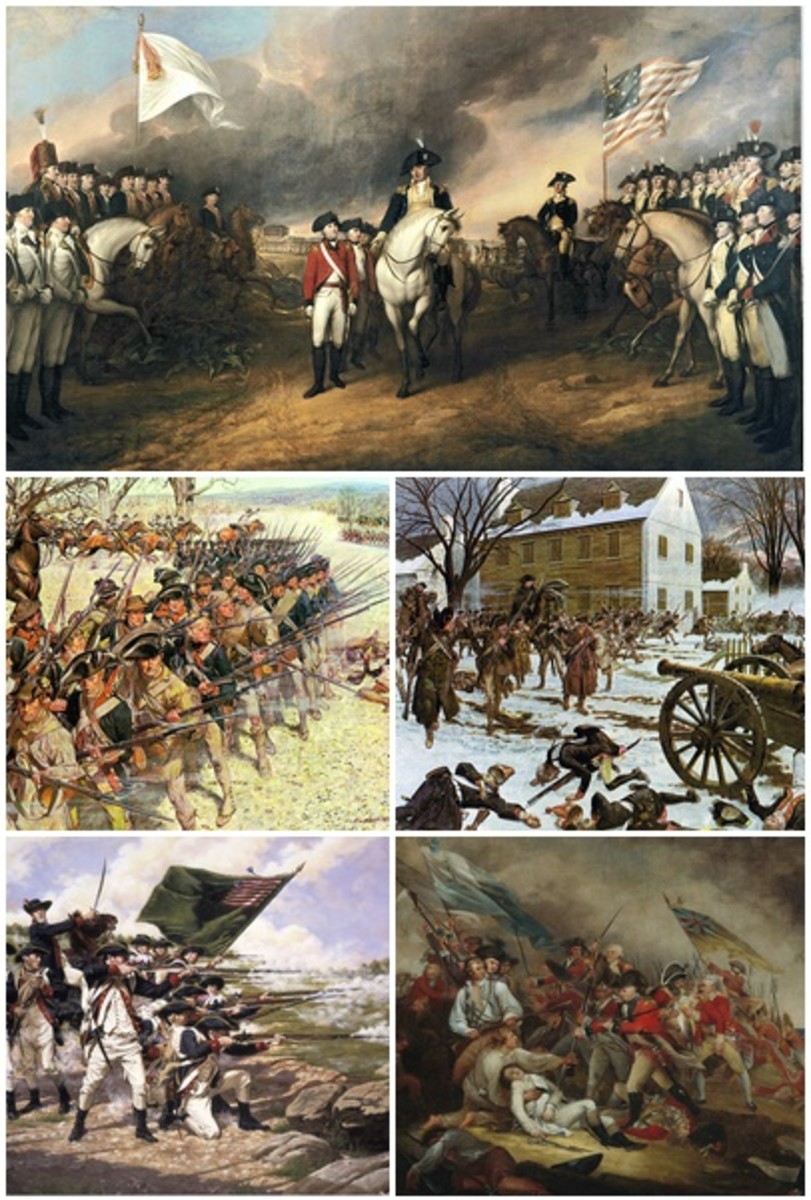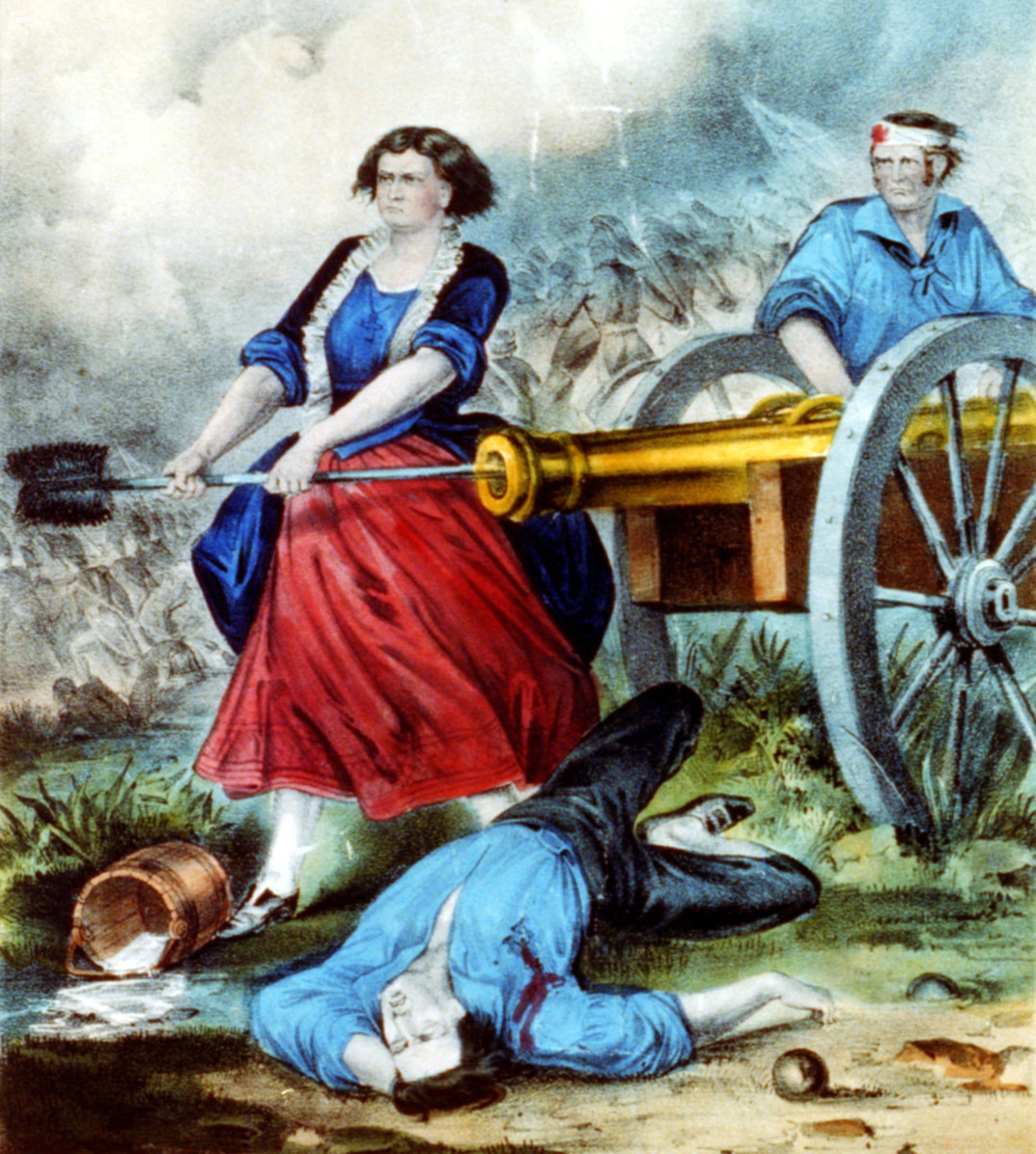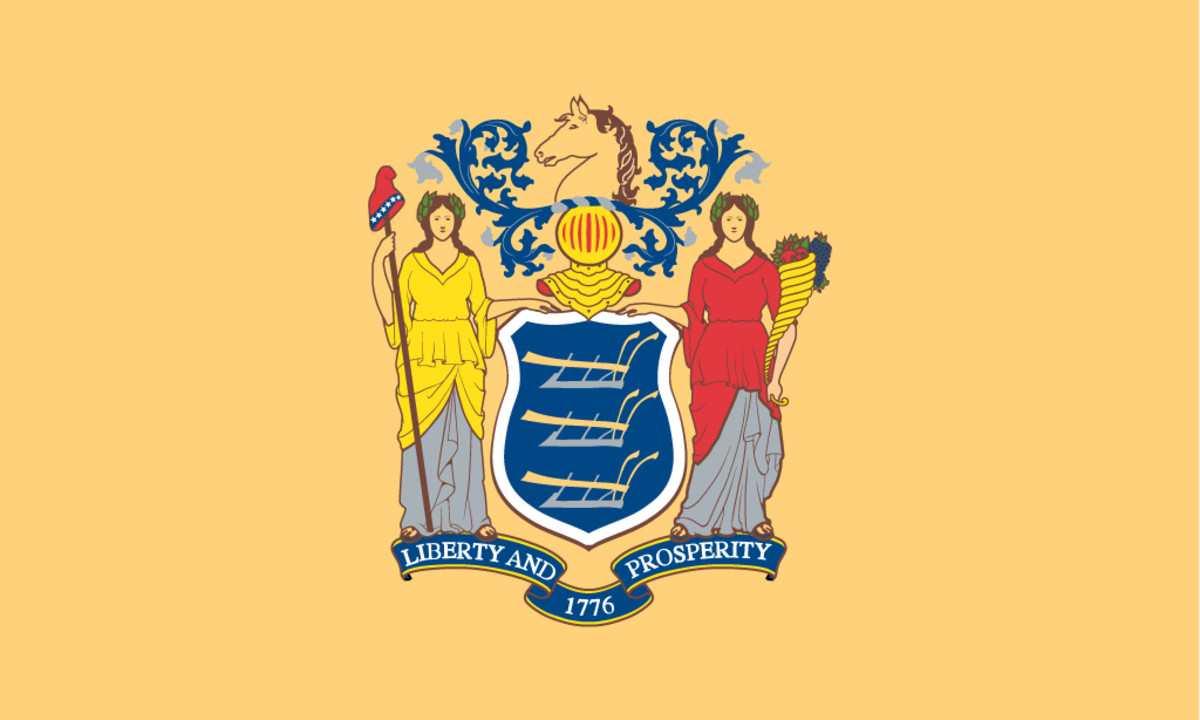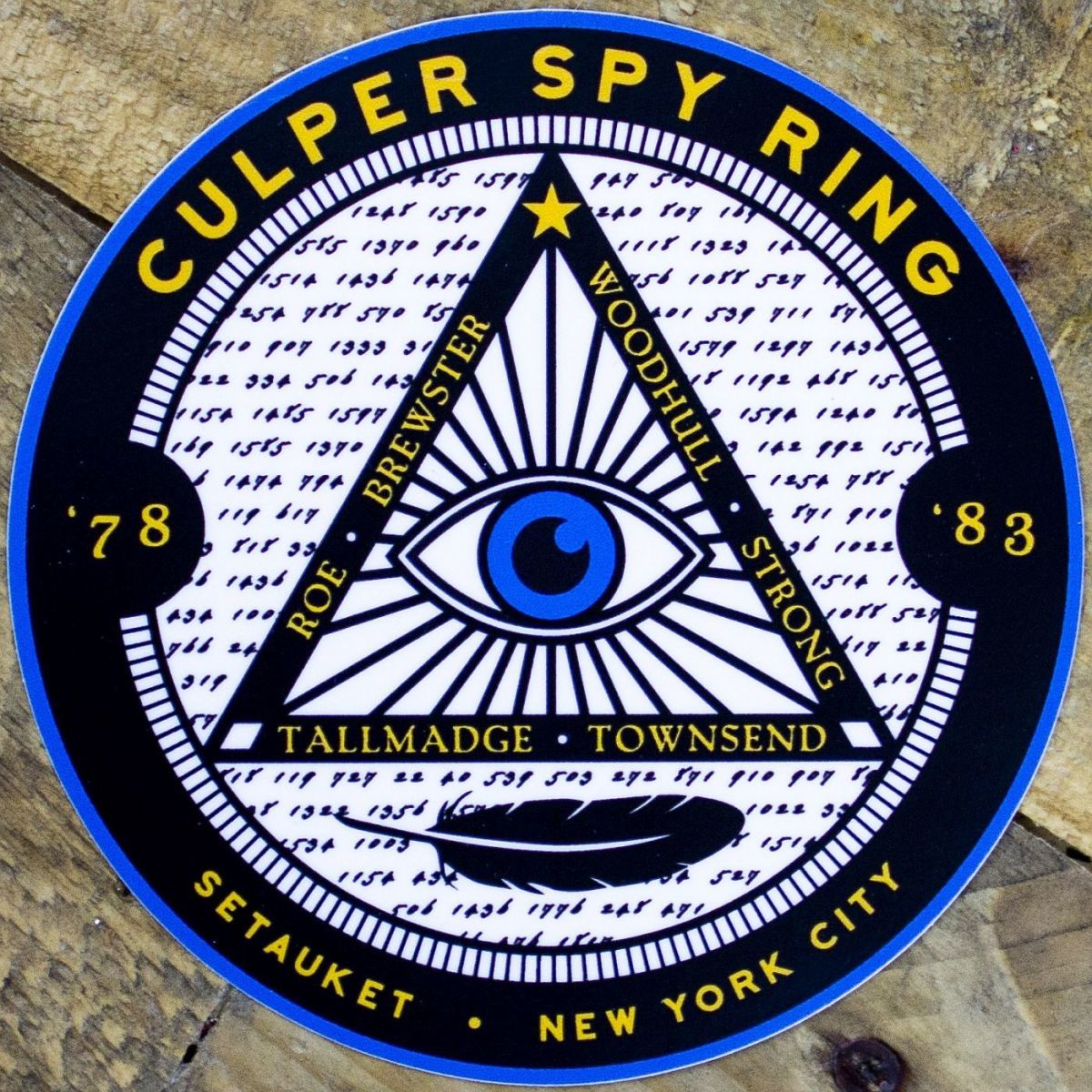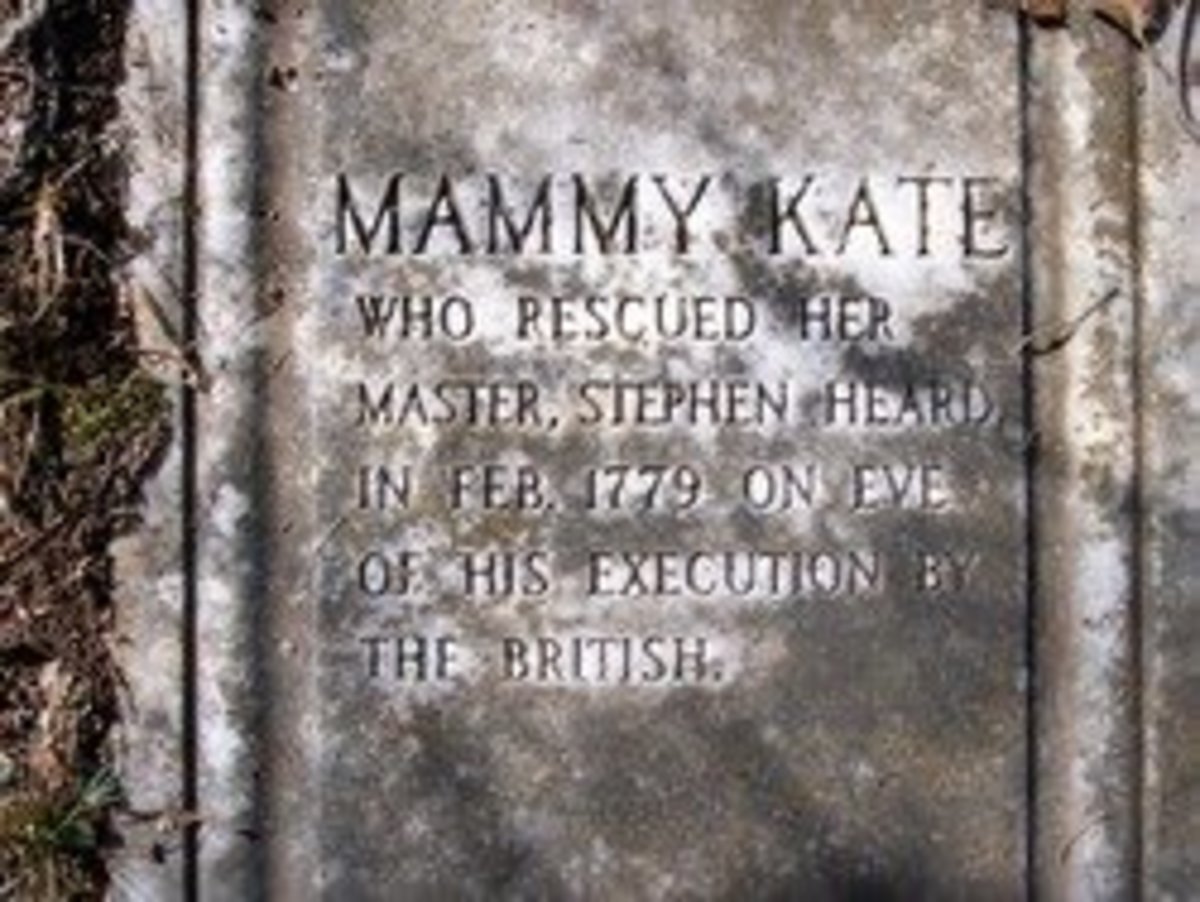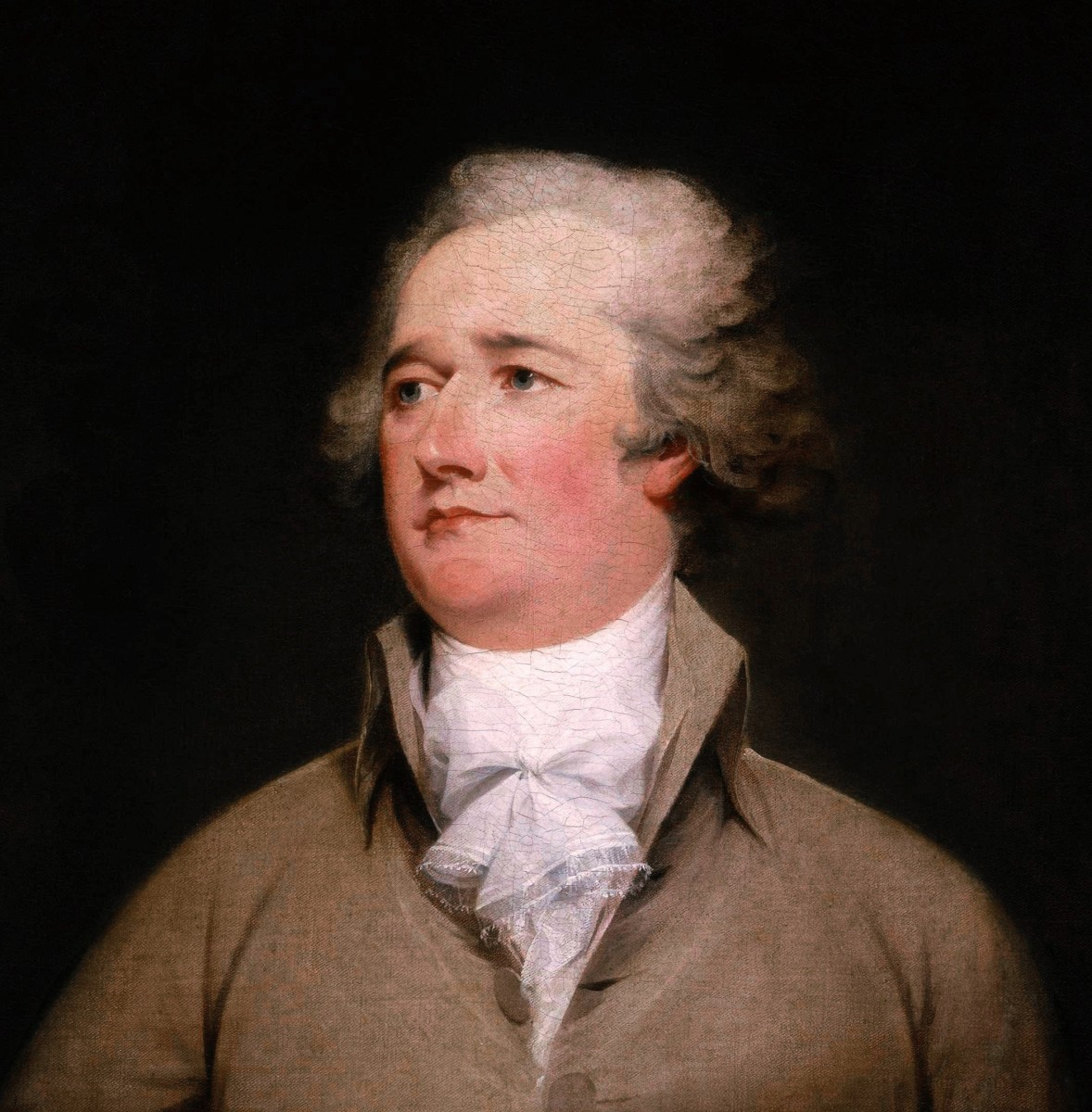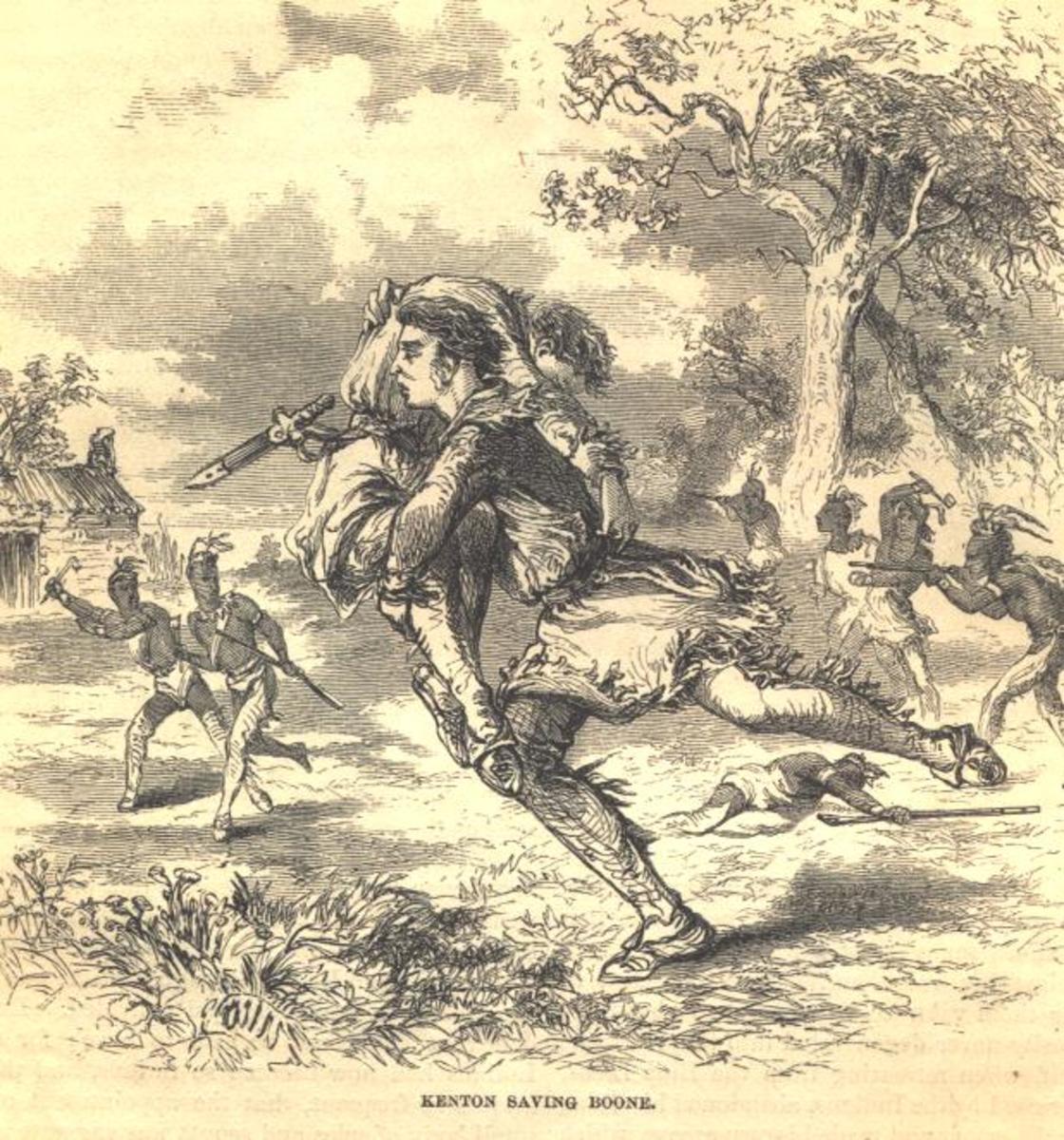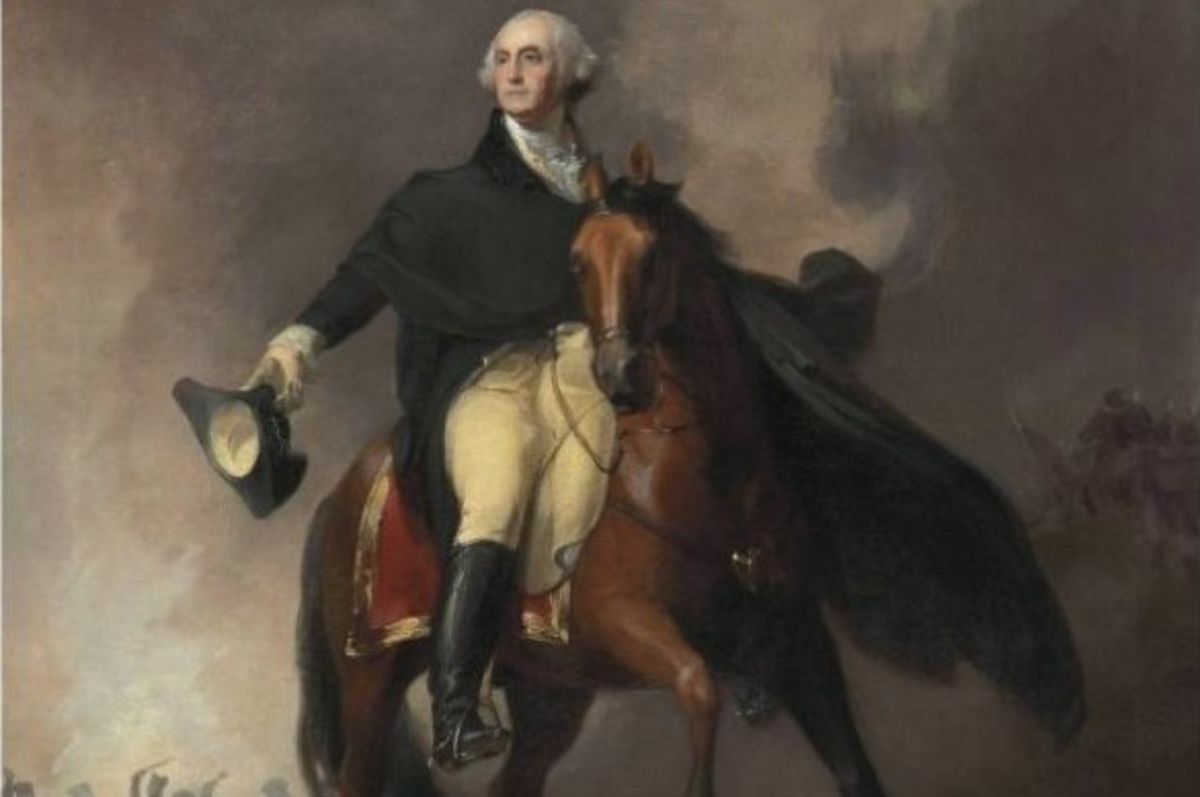- HubPages»
- Education and Science»
- History & Archaeology»
- History of the Americas»
- American History
Battle of Trenton - American Revolutionary War
Crossing the Delaware
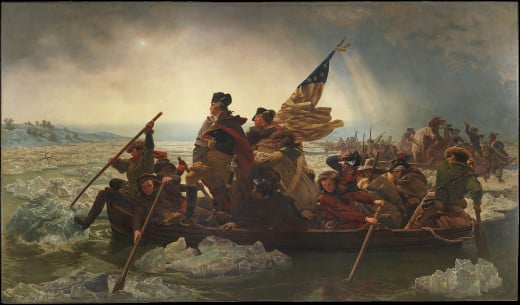
Christmas Night 1776
The Hessians had no clue that soon they would be in the famous Battle of Trenton. It was Christmas night, 1776, in Trenton, New Jersey. Fourteen-hundred Hessian troops (German soldiers hired by the British Empire) were milling around their camp. After their evening meal, the soldiers began to relax, many falling asleep, not expecting to do battle on that night. Their guard was down and they had no outposts or patrols posted at the camp that night. The stillness and quiet settled in as the soldiers slept.
On that same night, across the Delaware River and not far north of the Hessian encampment, General George Washington, Chief Commander of the Continental Army, was preparing to cross the river with three detachments. With severe weather conditions and the icy river threatening, the crossing would be dangerous. The plan was to be across the river by midnight, but the weather caused delays and the crossing was difficult. Threatening clouds, then rain, sleet and finally snow slowed down operations. The men crossed in flat-bottomed boats, which required oars or poles to maneuver and a keel with steering gear. Horses and artillery were loaded onto ferries. During the crossing, several men fell overboard, but were saved. All men made it across alive. The horses and artillery arrived in good condition.
Washington was alone with a detachment of 2,400 men - the other two detachments led by Generals Cadwalader and Ewing, were unable to cross. This was yet another setback from the original plan. Cadwalader was to launch an attack on the British encampment at Bordentown as a diversion and to prevent any help from that garrison for the Hessians in Trenton. Ewing was to move his detachment to the Assunpink Creek to stop any escaping Hessian soldiers. Washington, as the main force, was able to cross with his men 9 miles north of Trenton as planned, but had no other detachments to rely on.
General Washington's Plan of Attack
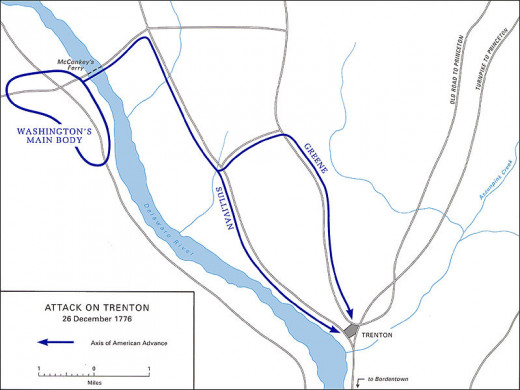
George Washington at the Battle of Trenton
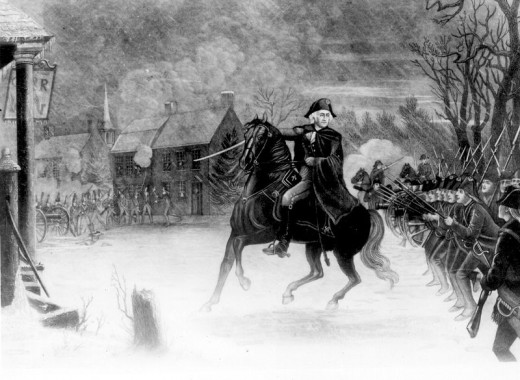
Washington Sends out Detachments
Washington sent two small detachments ahead to set up roadblocks. One group headed north of Trenton and the other was sent to River Road, which ran parallel to the Delaware River, to block any escapes there. All escapees, or anyone entering or leaving the town were to be taken prisoner.
Washington led the main force on the nine mile march south to Trenton. Two troops died on the way, from exposure to the harsh and bitter cold - traveling was difficult in the snow, and they were marching into the wind. Slippery, uneven ground slowed them down. Many men had no boots, only rags wrapped around their feet, yet they kept moving, following their commander. As they slowly progressed, many civilians joined as volunteers, which was a great help, for they knew the local terrain. It surely must have lifted the spirits of the army to have fellow country men join them.
Just outside of Trenton, Washington's detachment met up with the advance forces he had sent out earlier in the morning. It was already eight o'clock, far later than what the original plans had called for.
Just northwest of Trenton, about a mile or so, the Hessians had set up an outpost in a cooper shop (cask and barrel crafting, usually set up in a stable). As Washington led the troops to attack, Lieutenant Wiederholdt, of the Hessian brigade, saw them and shouted out to his comrades inside. As gunfire was being exchanged, Washington sent General Edward Hand's Pennsylvania Riflemen and a battalion of German speaking infantry out to the road that led to Princeton, to stop any Hessian soldiers from escaping that way.
Hessian Hussars
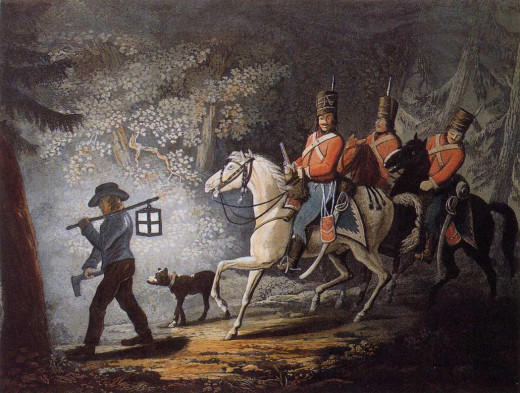
Hessians Retreat Towards Trenton
As the battle raged, Wiederholdt led his soldiers away from the outpost, retreating towards Trenton, where they were joined by troops from another regiment. When they reached the outskirts of Trenton, the Hessians received more help from guards posted there and another company of troops that were stationed nearby at the Delaware River came to their aid - which left the River Road into Trenton open for possible escape.
Washington sent infantry to block off the escape route to Princeton and had artillery set up at King and Queen, the two main streets in Trenton. Major General John Sullivan led his southern American troops to River Road to block the chance of any Hessians crossing over Assunpink Creek in the south, while Major General Nathanael Greene drove the Hessians from their outposts in the north. Sullivan began his advance north as Greene drove south.
The battle was heating up.
Colonel Johann Rall
Colonel Johann Rall was the commander of the three Hessian regiments that occupied Trenton, New Jersey. Washington had the town surrounded and artillery positioned at the two main streets. By the time Rall's adjutant heard what was happening and woke Rall up, the Battle of Trenton was well underway.
With Major General Nathanael Greene driving the Hessians south from their outpost, and Major General John Sullivan advancing north from Assunpink Creek, the Hessians were being forced into the center of Trenton, towards the artillery forces of Brigadier General Henry Knox.
Rall's regiment was sent to the south end of King Street, where they were joined by the Lossberg regiment. A third regiment, the Knyphausen, took over the south end of Queen Street. Rall ordered all regiments to advance north to take out the artillery of the Continental Army. As that was happening, fifty Jagers,a German light force infantry under the command of Lieutenant von Grothausen, were stationed at the Hermitage. When von Grothausen saw a small advance force coming to the Hermitage, he ordered twelve Jagers to attack. However, when he next saw a full column of American soldiers coming up behind their advance force, von Grothausen ordered a retreat and all fifty Jagers tried to escape.
As Rall's regiments advanced north towards the artillery they were caught up in gunfire from American soldiers who had been placed in houses along the street. The Hessians broke rank and most of them fled. Rall sent in a cannon to take on the American artillery, yet after a few rounds of fire, half of the Hessians left in the battle were dead from the American cannon. More Hessians fled and their cannon was taken by the Americans, who were advancing further down King Street.
Attempts by the Hessians to advance up Queen Street failed when they were turned back by the guns of Thomas Forrest and his men. During the volley of rounds and surprise attacks from houses, the Knyphausen Regiment somehow were separated from the other two Hessian regiments. The Rall and Lossberg Regiments retreated to a field south of the town, where they received heavy losses.
Sullivan's regiment had overwhelmed the Hessians in the southern part of town, as John Stark and his men charged the Knyphausen regiment with only bayonets. Resistance of the Knyphausen regiment was broken down when none of their weapons would fire. Sullivan then blocked off Hessian troops from escaping across Assunpink Creek.
After the heavy losses in the field, Rall ordered a forward advance towards Washington and his flank up on higher ground. As they advanced up King Street, fire opened upon them from houses where American soldiers and civilians had taken defensive positions. Rall and his men did not lose their spirit and pushed through, recapturing their cannon. Knox sent out soldiers to retake the cannon from Rall's men, which they succeeded in doing. The cannon was turned on the Hessians and Rall was mortally wounded.
Battle of Trenton
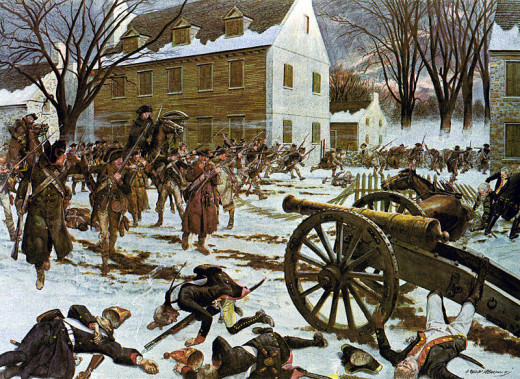
Sketch of the Battle of Trenton
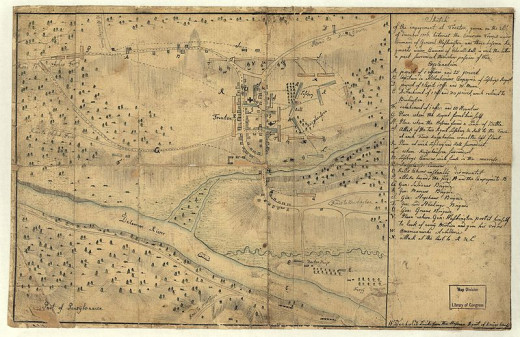
Hessians Surrender
The Hessians retreated into the nearby orchard, with Washington and his flank in hot pursuit. As they were surrounded, the Hessians surrendered to the Americans. At just about the same time, in the south of town, the Knyphausen Regiment were defeated by Sullivan's regiment and surrendered.
All four colonels of the Hessian regiments had been killed in action. The Americans took 896 Hessians captive. Twenty-two Hessians died in battle and eighty-three had been wounded. The Americans had two fatalities and five injuries during the battle. Due to exposure to the bitter cold, illness, and sheer exhaustion, they lost many more in the days following the battle.
It was not till after the battle that Washington realized the other two regiments led by Cadwalader and Ewing had not been able to cross the Delaware River. He was now unable to attack Princeton and New Brunswick as originally planned.
The victory at the Battle of Trenton was a decisive factor in raising the morale of the Continental Army troops, encouraged more civilians to enlist, raised hopes of the colonists, and determination to win their freedom was reinforced.
At "Five Points" in Trenton, New Jersey, is the Trenton Battle Monument as a tribute to this American victory.
Capture of the Hessians
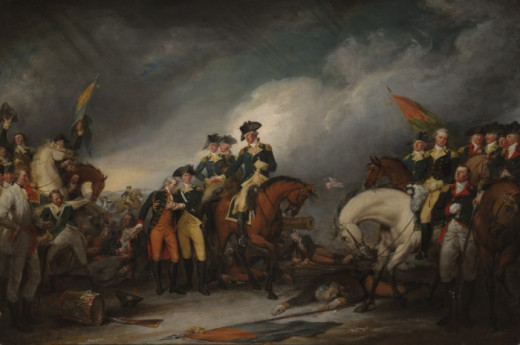
Four Hours
From the time the first shot was fired at the cooper shop, less than four hours had passed.
The battle was over and by twelve noon Washington and his regiments were back across the Delaware River, and in Pennsylvania.
Casualties and Losses:
Americans
2 dead (of exposure during march)
5 wounded
Britains
22 killed
83 wounded
896 captured
The Crossing, the Movie
© 2014 Phyllis Doyle Burns

